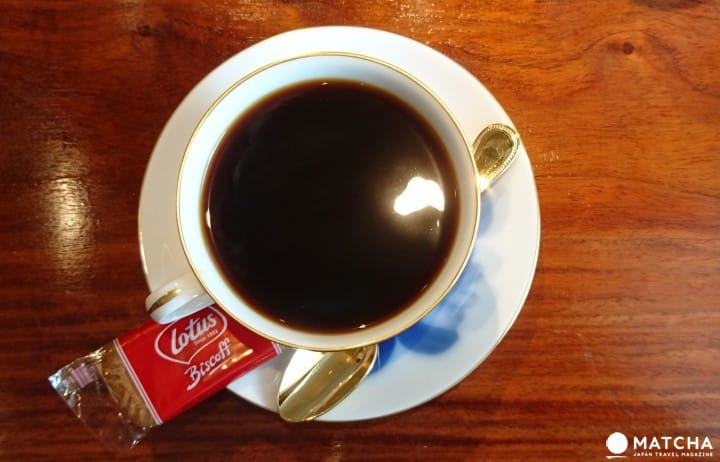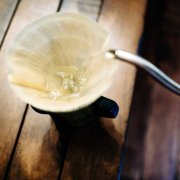Myth: Caffeine is not addictive, instant coffee is addictive

Professional barista communication, please pay attention to coffee workshop (Weixin Official Accounts cafe_style)
Recent studies have suggested that drinking too much coffee may increase the risk of high blood pressure, and studies have shown that coffee can prevent diseases such as diabetes or dementia. From such a bipolar evaluation, people can not help but start to worry about whether to drink coffee or quit coffee. But coffee does have many benefits, contrary to the negative perception. First of all, let's start with the misunderstanding of coffee.
Caffeine is a colorless and odorless bitter ingredient. After being absorbed by the body, it will attach to the peripheral nerves, accelerate the smooth blood flow in the brain, promote brain activity and metabolism, and have the effect of boosting the spirit. However, everyone reacts differently to coffee. Some people drink only one cup of coffee and their heart beats faster and they can't sleep at night.
In 2007, the Food and Drug Safety Agency stated that the recommended daily caffeine intake for adults was 400mg. 400mg of caffeine is equivalent to 4 cups of American coffee, 6 cups of three-in-one coffee, or 5 cans of canned coffee. More importantly, caffeine does not accumulate in the body, ingested into the body after a certain period of time, will be excreted.
There is a saying that caffeine is addictive, but this is not the case. The World Health Organization also states that caffeine is not a dependent substance. It is only when the raw beans are over-roasted (instant coffee, for example) that they produce substances equivalent to those in cigarettes that addictive symptoms occur. Some coffee drinkers will drink only a certain brand of coffee, or will not be able to work without drinking that coffee, most likely due to the addiction caused by heavy roasting of raw beans.
Caffeine is not addictive.
Caffeine is not considered an addictive substance in the International Classification of Diseases established by the World Health Organization. Authorities studying caffeine also found no dependency or abuse in caffeine.
Important Notice :
前街咖啡 FrontStreet Coffee has moved to new addredd:
FrontStreet Coffee Address: 315,Donghua East Road,GuangZhou
Tel:020 38364473
- Prev

Coffee pot type and brewing principle | how to choose the coffee brewing equipment that is suitable for you?
Communication of professional baristas Please pay attention to the coffee workshop (Wechat official account cafe_style) Coffee brewers have quite a variety of coffee pots, and different utensils have different functions and design concepts, such as filter pots that are simple, convenient and easy to operate; American trickling coffee machine can best meet the immediate tasting needs of office workers and families. And the origin and principle of the invention of coffee utensils can make people
- Next

How does hand coffee reduce the smell of filter paper? Wetting filter paper with hot water has an added benefit
Communication of professional baristas Please pay attention to the variety of coffee conditioning equipment and methods in the coffee workshop (Wechat official account cafe_style), but when it comes to "easy to use", "low price" and "brewing quality", there is probably no better way to make coffee than a combination of filter cups and filter paper. However, users of filter cups and filter paper often face a little confusion: the same type of filter.
Related
- Beginners will see the "Coffee pull flower" guide!
- What is the difference between ice blog purified milk and ordinary milk coffee?
- Why is the Philippines the largest producer of crops in Liberia?
- For coffee extraction, should the fine powder be retained?
- How does extracted espresso fill pressed powder? How much strength does it take to press the powder?
- How to make jasmine cold extract coffee? Is the jasmine + latte good?
- Will this little toy really make the coffee taste better? How does Lily Drip affect coffee extraction?
- Will the action of slapping the filter cup also affect coffee extraction?
- What's the difference between powder-to-water ratio and powder-to-liquid ratio?
- What is the Ethiopian local species? What does it have to do with Heirloom native species?

